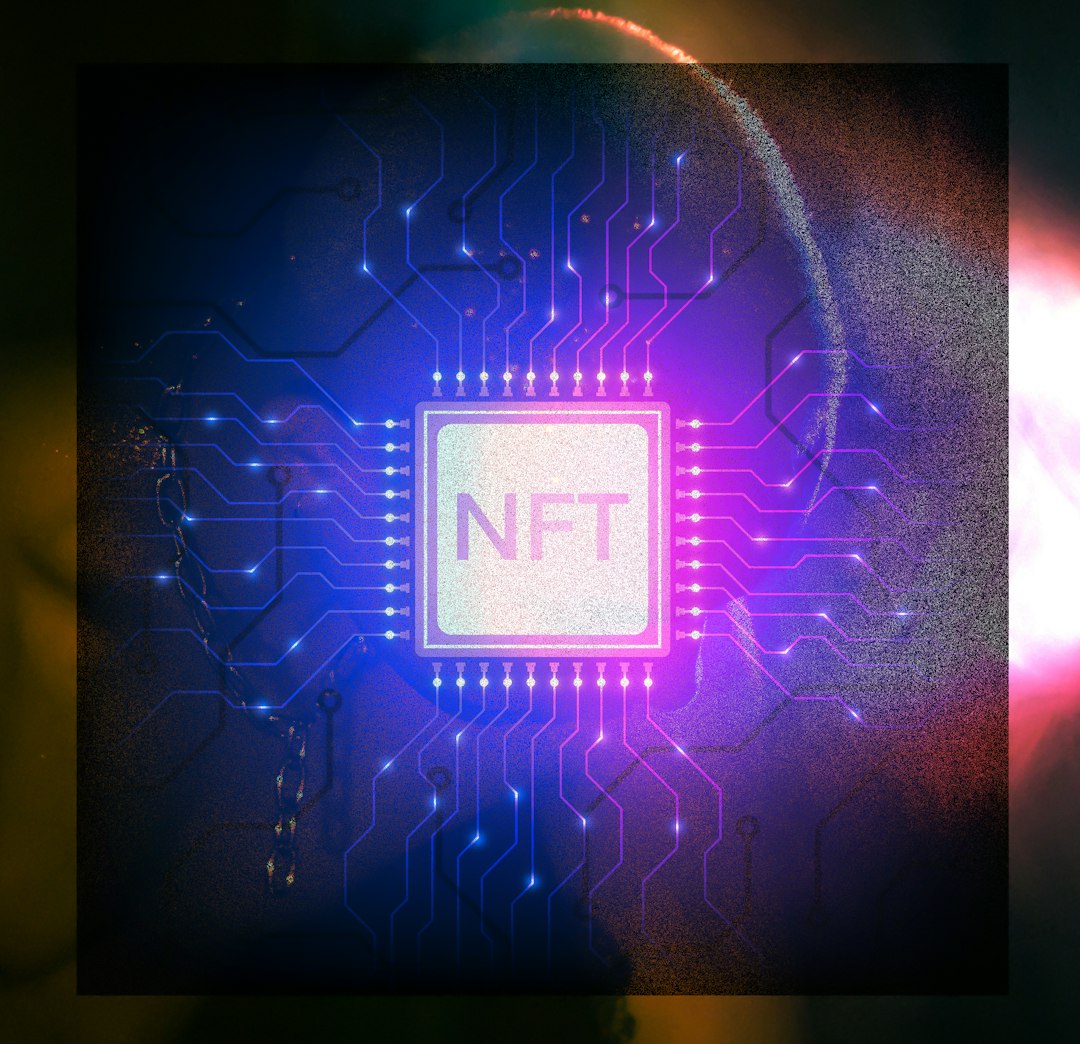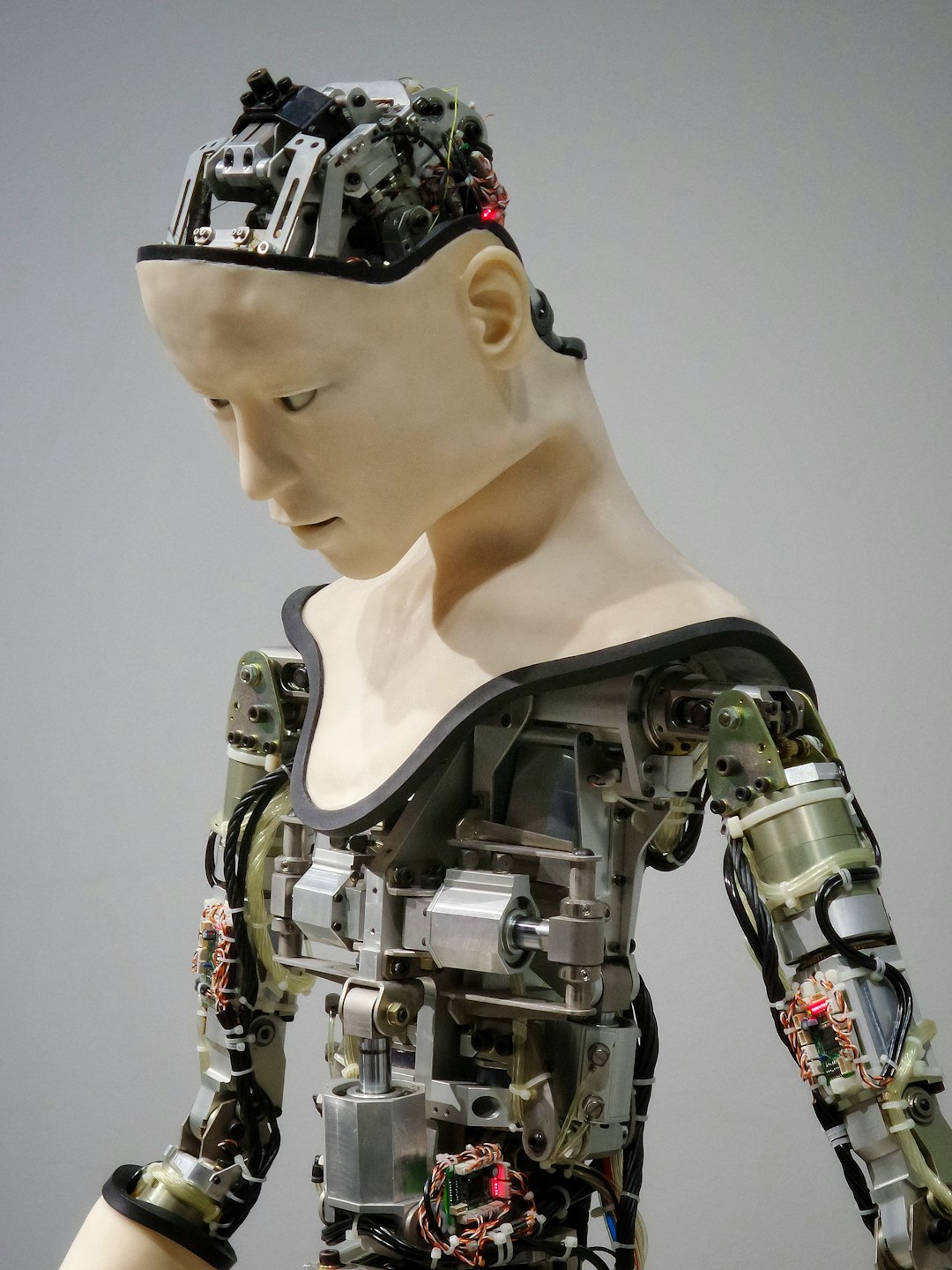Over the years, World of Warcraft (WoW) has become a cornerstone in the realm of massively multiplayer online role-playing games (MMORPGs). From its release in 2004 to its current state, WoW has transformed considerably. Much of this evolution can be credited to expansions, graphical upgrades, and community engagement. However, the next frontier in this ever-changing landscape is the integration of Artificial Intelligence (AI)—poised to revolutionize the way players engage with the game world through smarter NPCs and dynamic gameplay.
The Rise of AI in Gaming
Before diving specifically into how Blizzard Entertainment has been weaving AI into WoW, it’s important to understand the broader context. AI technology is rapidly advancing, offering new capabilities for pattern recognition, procedural generation, and decision-making. Many modern game developers are turning to machine learning algorithms and AI-driven frameworks to build more responsive, personalized gaming experiences. In MMORPGs like WoW, these breakthroughs can lead to significant transformations in both gameplay mechanics and world-building techniques.
Smarter NPCs: Beyond Scripted Behavior
Non-Player Characters (NPCs) in early iterations of World of Warcraft often operated on rigid, scripted behavior trees. They existed to provide quests, patrol designated zones, or act as static enemies with predictable patterns. With AI, these roles are shifting. Through machine learning and behavioral modeling, NPCs are becoming more dynamic, capable of adjusting their strategies based on player behavior and environmental context.

Blizzard has been experimenting with AI routines that allow certain enemies to learn from how players typically engage them. For example, if a player’s strategy involves kiting a mob through pathing exploits, intelligent NPCs might adapt by cutting off those escape paths. Quest givers, too, can dynamically generate tasks based on current in-game events or challenges faced by the community, rather than relying on static scripts.
This level of NPC sophistication introduces unpredictability into the game—a vital element that keeps players continually engaged. Suddenly, the world of Azeroth feels more “alive,” with inhabitants that appear to respond to player actions in real-time.
Dynamic World Events and Procedural Content
One of the most exciting implications of integrating AI into WoW is the potential for dynamic world events. These are global or regional occurrences that affect players en masse—such as invasions, earthquakes, or political upheaval within the game. Traditionally, these events were pre-scripted and scheduled. Now, AI can trigger events organically, based on real-time player behavior, population metrics, or economic factors within the game.
For instance, if a region is teeming with high-level players, the system could autonomously launch a large-scale siege, prompting players to unite for defense or risk losing control of key zones. These emergent scenarios not only promote collaboration but also infuse each session with a sense of urgency and novelty.

Procedural generation powered by AI is also playing an increasingly important role. Zones, dungeons, and even gear can be algorithmically generated to keep encounters fresh and challenging. Future patches of WoW may leverage AI to analyze a group’s playstyle and tailor dungeons to test their weaknesses—introducing new types of enemies or environmental traps that shift with each playthrough.
AI-Driven Companions and Assistants
Another fascinating use of AI in WoW is in the development of virtual companions and assistants. These are AI-powered allies that accompany the player, offering real-time suggestions, combat reinforcements, or reminders based on in-game events and player patterns. Unlike traditional pet systems, these assistants can evolve over time, forming a semi-personalized relationship with the user.
This innovation goes hand-in-hand with Blizzard’s accessibility initiatives. AI-driven assistants could benefit newer or differently-abled players by helping them navigate quests, optimize builds, or execute complex combat rotations more efficiently.
The PvP Arena: An AI Training Ground
In Player versus Player (PvP) scenarios, the stakes are even higher. AI is being tested in the form of bots that mimic human-like behavior for practice matches. These bots don’t just follow preset combat rules; they analyze human movement and decision-making to improve their performance. This gives players a much more authentic training experience before heading into competitive battlegrounds.
It also opens the door for interesting AI-versus-human competitions down the line. Imagine seasonal events where players are tasked with defeating powerful AI-controlled opponents designed to innovate tactics on the fly. These AI opponents would not only keep players on their toes but could also help in class balancing by identifying exploits or imbalance in gameplay mechanics.
Challenges and Ethical Considerations
As with any technological advancement, the integration of AI into World of Warcraft isn’t without its challenges. One significant concern is the potential for AI to blur the lines between human players and bots. Maintaining the authenticity of a multiplayer environment means ensuring that AI elements support, rather than disrupt, the player-driven nature of the game.
Moreover, ethical considerations around data privacy come into play. How much personal data should be collected to train these AI systems? And will this data usage be transparent and consensual?
Blizzard must tread carefully, ensuring that while AI adds value to the world of Azeroth, it does not alienate the very players it aims to serve.
Looking Forward: A Smarter Azeroth
The integration of advanced AI in World of Warcraft is still in its early stages, but its impact is steadily growing. From smarter NPCs reacting dynamically to player decisions to procedurally-generated content that keeps the game world perpetually fresh, AI promises to redefine what it means to be immersed in a fantasy realm.

As AI continues to evolve, so too will the possibilities within WoW—making the game feel not only more engaging but deeply responsive to the community’s needs and playstyles. Players can look forward to a version of Azeroth that is more unpredictable, more personalized, and ultimately more alive than ever before.
Frequently Asked Questions (FAQ)
- Q: Are AI-driven NPCs already in World of Warcraft?
A: Some AI enhancements have already been quietly integrated into the game, such as smarter pathfinding and adaptive combat behavior. However, more advanced implementations are likely to be seen in future patches or expansions. - Q: How does AI affect the difficulty of gameplay?
A: AI can adjust difficulty dynamically based on player levels, skill, and behavior. This creates a more tailored and challenging experience without making the game inaccessible. - Q: Will AI companions replace regular players or group content?
A: No. AI companions are meant to enhance solo gameplay and provide support, especially for those who prefer playing independently or need additional assistance. They are not a substitute for multiplayer engagement. - Q: Can AI help balance classes in PvP?
A: Yes. AI systems can analyze large volumes of PvP data to identify exploits or imbalances, which can then inform developers in making data-driven balance changes. - Q: Is Blizzard using player data to train AI?
A: While precise details are proprietary, it’s likely that anonymized aggregate data is being used to train AI systems responsibly, with respect to player privacy.



